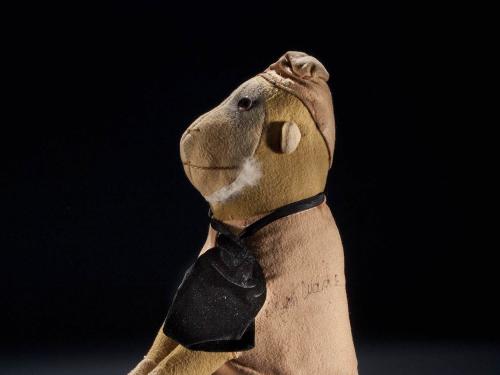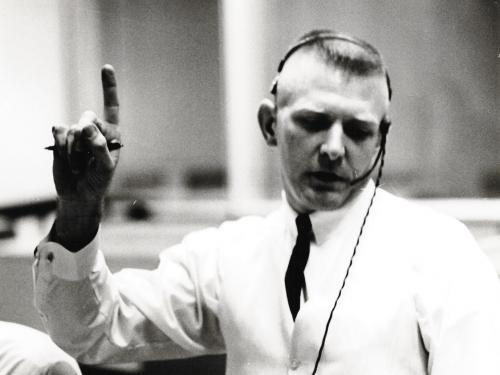
Story
No one could say Ruth Law was a novice. She had been flying since 1912. She was the first woman to fly at night, in a biplane purchased from Orville Wright.

Showing 1 - 10 of 25

Story
No one could say Ruth Law was a novice. She had been flying since 1912. She was the first woman to fly at night, in a biplane purchased from Orville Wright.

Story
Lots of museums and historical institutions have letters from George Washington and Abraham Lincoln in their collection, but why would a museum dedicated to aviation, space exploration, and planetary science?

Story
Happy Chinese New Year! To celebrate the Year of the Monkey we wanted to share one special monkey from our collection. Maggie, a stuffed spider monkey, has an especially interesting story.

Story
Here on Earth, everyone knows exercise is important, but in the weightless environment of space, it’s really important.

Story
On September 24, 1959, President Eisenhower declared December 17 to be Wright Brothers Day—thus commemorating the anniversary of the legendary duo’s flight at Kitty Hawk in 1903. In honor of Wright Brothers Day, Smithsonian Libraries and the National Air and Space Museum turn to a piece of history found in the special collections housed in the DeWitt Clinton Ramsey Room of the Museum’s library.

Story
In the 1950s and ’60s, when commercial air travel was still considered glamorous, Trans World Airlines (TWA) was one of the world’s premier passenger carriers.

Story
On May 5, 1961, Alan Shepard became the first American in space. However, three months earlier NASA had launched “Number 65” on a mission that helped pave the way for Shephard’s momentous flight. Number 65 was a male chimpanzee born in 1957 in the French Cameroons in West Africa.

Story
Many people, if not most, have never heard of Octave Chanute or know what an anemometer is, but the man and the instrument both played an important part in Orville and Wilbur Wright’s aeronautical experiments. First, some background on Chanute. Octave Chanute was a Paris-born civil engineer in the United States who played a significant role in the burgeoning field of heavier-than-air flight in the late nineteenth century.

Story
You can’t read anything about French World War I pilot Charles Nungesser that doesn’t include descriptors such as flamboyant, audacious, undisciplined, rakish, and insubordinate.

Story
Gene Kranz is best known for his stellar performance as flight director for the ill-fated Apollo 13 mission. But Kranz is also known for another thing: his white vests. Kranz’s vests had legendary status around mission control, and also in the minds of the public after actor Ed Harris wore an exact replica of Kranz’s most famous vest in the 1995 movie, Apollo 13. Kranz’s vests represented the strong and can-do approach that pervaded his mission control team, especially during the Apollo 13 mission in which the astronauts’ lives were at stake.